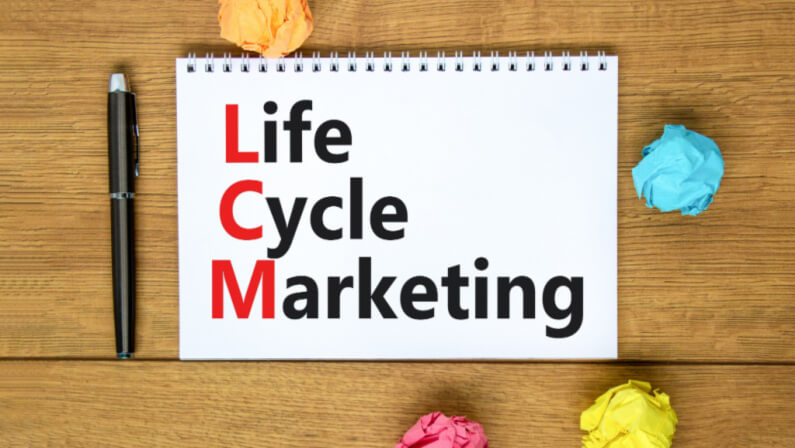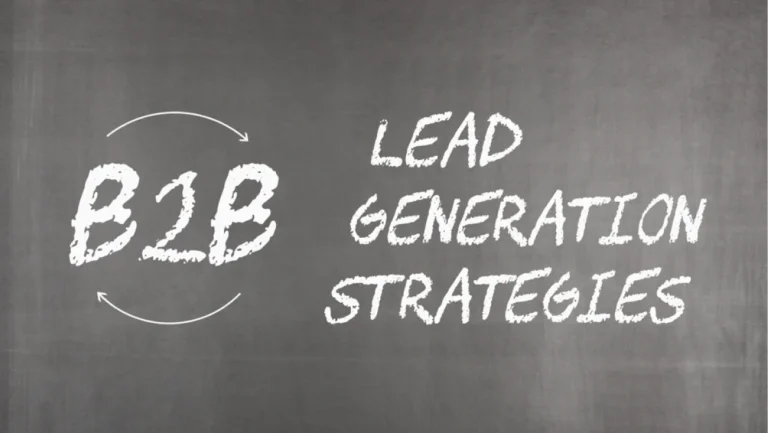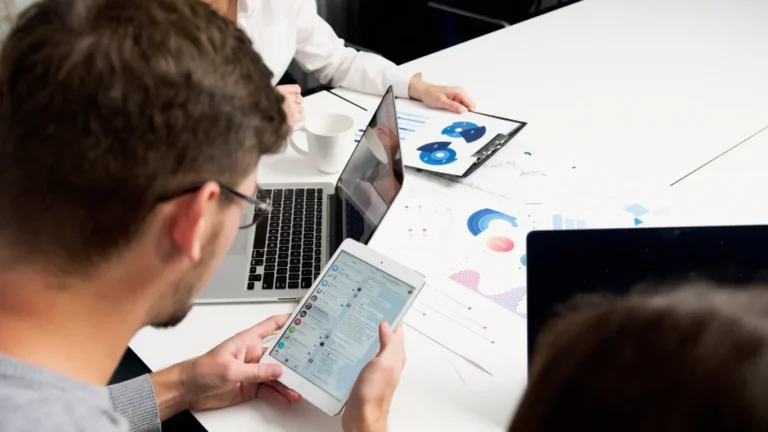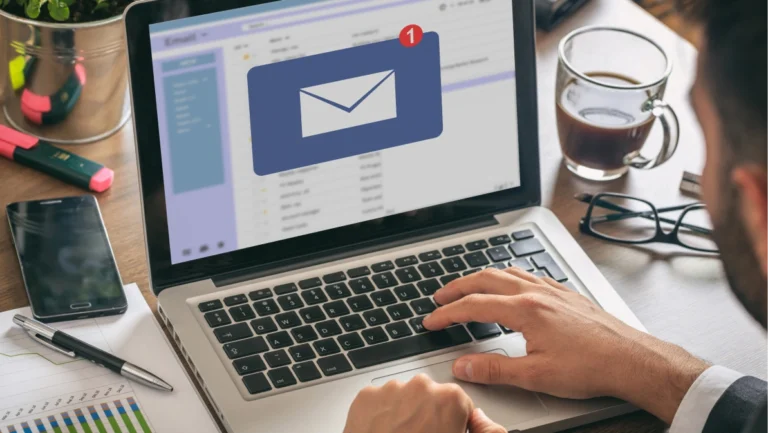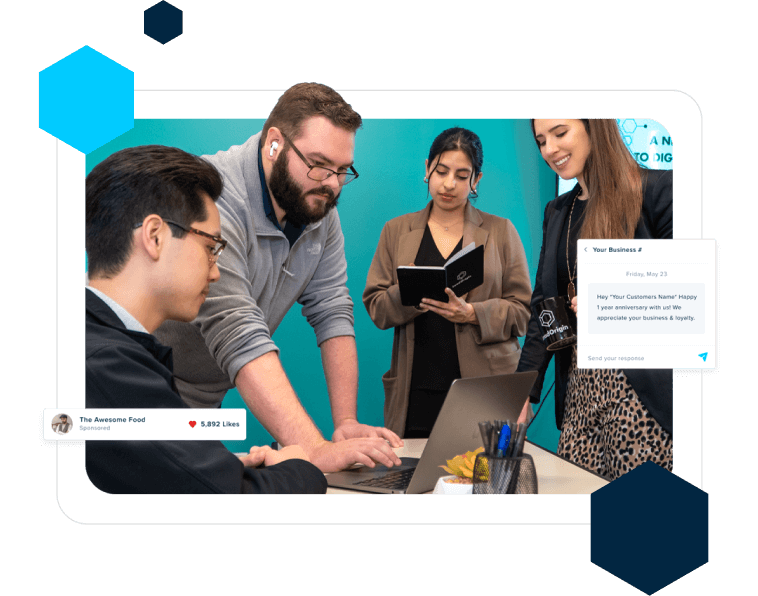Lifecycle marketing is a strategy that helps companies develop and nurture relationships with their customers.
The goal of the lifecycle marketing process is to create one-on-one interactions with customers based on their stage in the buying process, which makes it easier for your company to close sales.
The first step in this process is identifying your customer’s lifecycle stage: Awareness, Consideration, or Purchase.
From there, you can create campaigns that target each stage in order to move them through the funnel and eventually make a sale.
What Is Lifecycle Marketing?
Lifecycle marketing is a marketing strategy that focuses on the different stages of a customer’s journey.
It’s an approach to marketing that helps you to create and deliver relevant content, offers, and experiences to customers at each stage of their journey.
The main aim of a lifecycle marketing strategy is to help you understand your customers better so that you can provide them with more tailored experiences at each stage of their relationship with your brand.
In this article, we look at why it’s important to know where your customers are in their relationship with your business, what stages they go through and how lifecycle marketing can help you build stronger relationships with them by providing more relevant content and offers as they move through these stages.
Why Implement Lifecycle Marketing?
Lifecycle marketing is a customer-centric approach to digital marketing that helps companies engage with customers at different stages of the buying process.
Lifecycle marketing can be used to improve customer satisfaction, loyalty, and retention; optimize marketing efforts; and develop an informed understanding of your target audience.
Stages Of Lifecycle Marketing
Let’s go over each stage of this lifecycle marketing plan funnel in more detail:
1. Awareness
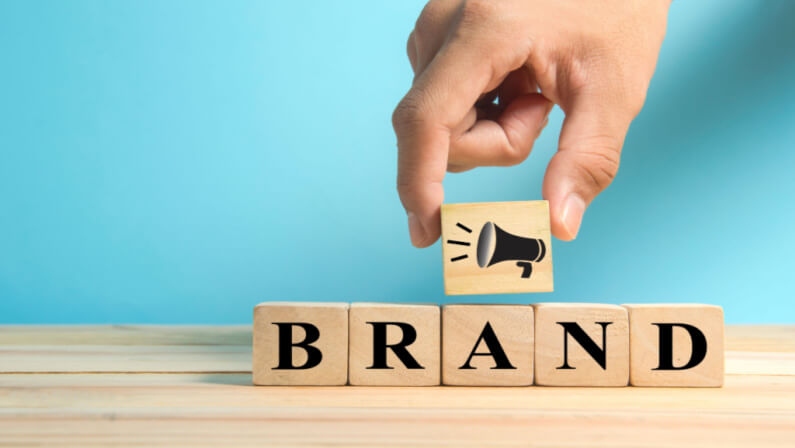
The marketing funnel’s first stage is brand awareness. Customers get general familiarity with your goods or services through a variety of channels, as the name suggests. It covers social media platforms, word-of-mouth marketing, and more.
Simply put, this is the point at which clients start to form relationships with your business or brand.
2. Engagement
The next stage is where potential clients begin to interact with your brand or company. When consumers enjoy your goods or services, they are more likely to research you.
They decide to visit your website, follow you on social media and subscribe to your email lists, blogs, or newsletters as a result.
3. Evaluation
When your audience reaches this point, a new client has been won. Additionally, you need to guarantee that you are giving clients your complete support at this time.
4. Purchase
When your audience reaches this point, a new client has been won. Additionally, you need to guarantee that you are giving clients your complete support at this time.
More than 80% of customers, it has been shown, needs assistance through customer service in some way when completing a purchase. Furthermore, if they do not get fast answers to their questions, more than half of customers will reject a transaction.
Interestingly, one way to meet this requirement is through live chat services. The real-time, personalized solution can lessen the workload on your staff while giving your customers the assistance they require to have a pleasant experience.
5. Deliver And Support

According to statistics, more than 70% of consumers choose to stick with brands depending on the quality of the customer service they receive.
Undoubtedly, acquiring new clients is more difficult than maintaining existing ones. As a result, it’s critical to offer clients high-quality goods and services that have widespread support.
Additionally, each interaction with a consumer should convince her that you’re interested in developing a relationship with her rather than just trying to sell her anything.
6. Loyalty And Advocacy
You now have a new addition to your buyer list. Customers only reach this stage if they are pleased with your goods or service.
Additionally, it is your responsibility to continue offering superb customer service. It will help you develop a strong relationship with them.
Despite the fact that the lifecycle marketing model seems like a straightforward process. It works best though when done repeatedly.
Keep in mind that you can’t simply stop caring for a consumer after they’ve completed a purchase. Your marketing, sales, and business goals will be a lot easier to achieve and exceed if you put in the effort to develop a thorough plan.
Benefits Of Customer Lifecycle Marketing
Customer lifecycle marketing is the process of understanding your customers, building relationships with them, and providing them with the products and services they need to succeed.
Benefits Of Customer Lifecycle Marketing:
Cost Savings
Customer lifecycle marketing can help you reduce costs by reducing the number of people who need to be contacted to close a sale.
It also enables you to track your customers’ purchases over time, so you can identify those who are likely to make repeat purchases.
This information can help you identify which customers are worth investing in so that you can focus your resources on them instead of casting too wide a net.
Time Savings
By focusing on only those customers who are likely to buy from you again, customer lifecycle marketing stages allow you to spend less time contacting leads that will never convert into customers.
Improved Customer Experience

By building relationships with customers over time, it’s easier for companies to use this approach to provide personalized service and relevant offers at the right times during the customer lifetime journey (CLJ) and sustain customer lifecycle communications.
This helps create an environment where customers feel appreciated and valued by their suppliers.
Increased Purchase Frequency
When done correctly, CLJ enables companies to develop long-term relationships with clients over multiple purchases over time.
Increased Customer Loyalty
Customers can be loyal to brands for many reasons, but one of the most important factors is how well they feel they are treated by the brand.
When you provide personalized and relevant content to each customer segment, they are more likely to feel like they are being taken care of and will be more likely to continue doing business with you.
This can lead to increased sales and repeat purchases as well as an increase in referrals from satisfied customers who want others to experience the same great service that they did.
Better Personalization
One of the biggest challenges with marketing campaigns is making sure that every message reaches each segment of your audience at just the right time.
Customer lifecycle marketing allows you to deliver personalized messages at key points during their buying journey so that customers don’t feel like they’re being bombarded with ads or offers that aren’t relevant to them or their needs at any given moment in time.
Data-Driven Decisions
Data collected from consumer behavior can help businesses make data-driven decisions about where they want to focus their efforts, such as sending out promotional emails.
B2B Lifecycle Marketing
The first step in B2B Lifecycle Marketing is building trust with your customers. This means establishing yourself as an authority on your subject matter by producing content that helps people understand what you do as an organization and why they should believe you.
You’ll also want to build relationships with potential clients by providing value through content that addresses their pain points—whether it’s answering questions about how your product works or writing blog posts about industry trends that affect them.
Once you’ve established credibility with your audience (and hopefully gained some leads), it’s time for sales! But instead of just pitching products like most marketing teams would do, B2B Lifecycle Marketers focus on demonstrating value first before making any sales pitches.
Lifecycle Marketing Strategy
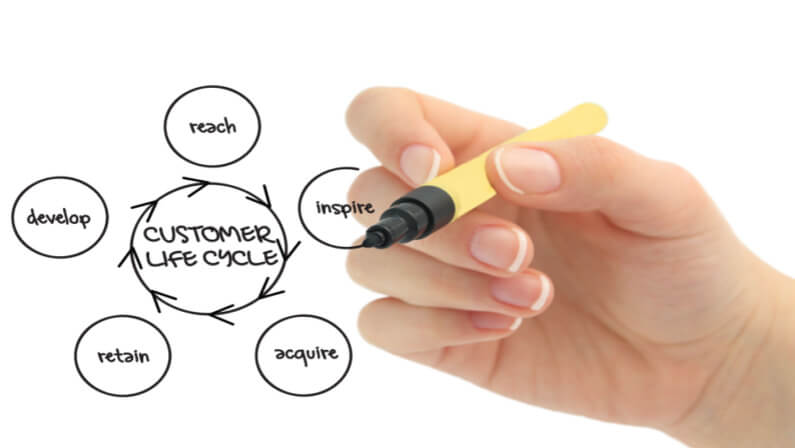
Here are some effective strategies:
Assessing And Approaching The Target Group
When you’re planning your lifecycle marketing strategy, it’s important to know who you want to reach as soon as possible.
You should also understand why they need your product or service, what their problems are and what their goals are.
This way, you’ll be able to identify which channels are most effective for reaching them and how much time will be needed before they start using your product or service.
Acquiring Customers
Once you have identified who your target group is, it’s time for acquisition strategies like advertising or public relations campaigns.
These strategies help create awareness about your product or service and make people interested in buying from you instead of from competitors.
Retaining Customers
Retention strategies focus on retaining existing customers by providing them with superior customer service and excellent products/services at fair prices so that they continue purchasing from you rather than buying from competitors.
Managing Lost Customers
If someone is about to leave because they’ve found another product that better meets their needs, try offering them something unique or special so they’ll stay put!
Lifecycle Marketing Campaigns
The lifecycle marketing campaigns are:
Awareness Campaign
It is used to promote the product to customers.
Engagement Campaign
It is used to retain existing customers and increase their loyalty to the brand.
Conversion Campaign
It is used to convert casual visitors into paying customers.
Retention Campaign
A retention campaign is designed to keep existing customers happy so they do not churn out of the business.
Overall Points
In conclusion, lifecycle marketing is a powerful strategy that can help you create a loyal customer base and grow your business. And it is best to get it from the experts, and LeadOrigin with services areas in Austin, Houston & Dallas will provide you with that!
It’s important to remember that even if you’re not ready to implement it yet, it’s still important to understand what this means so that when you do decide to go ahead with it, it will be easier for you.
